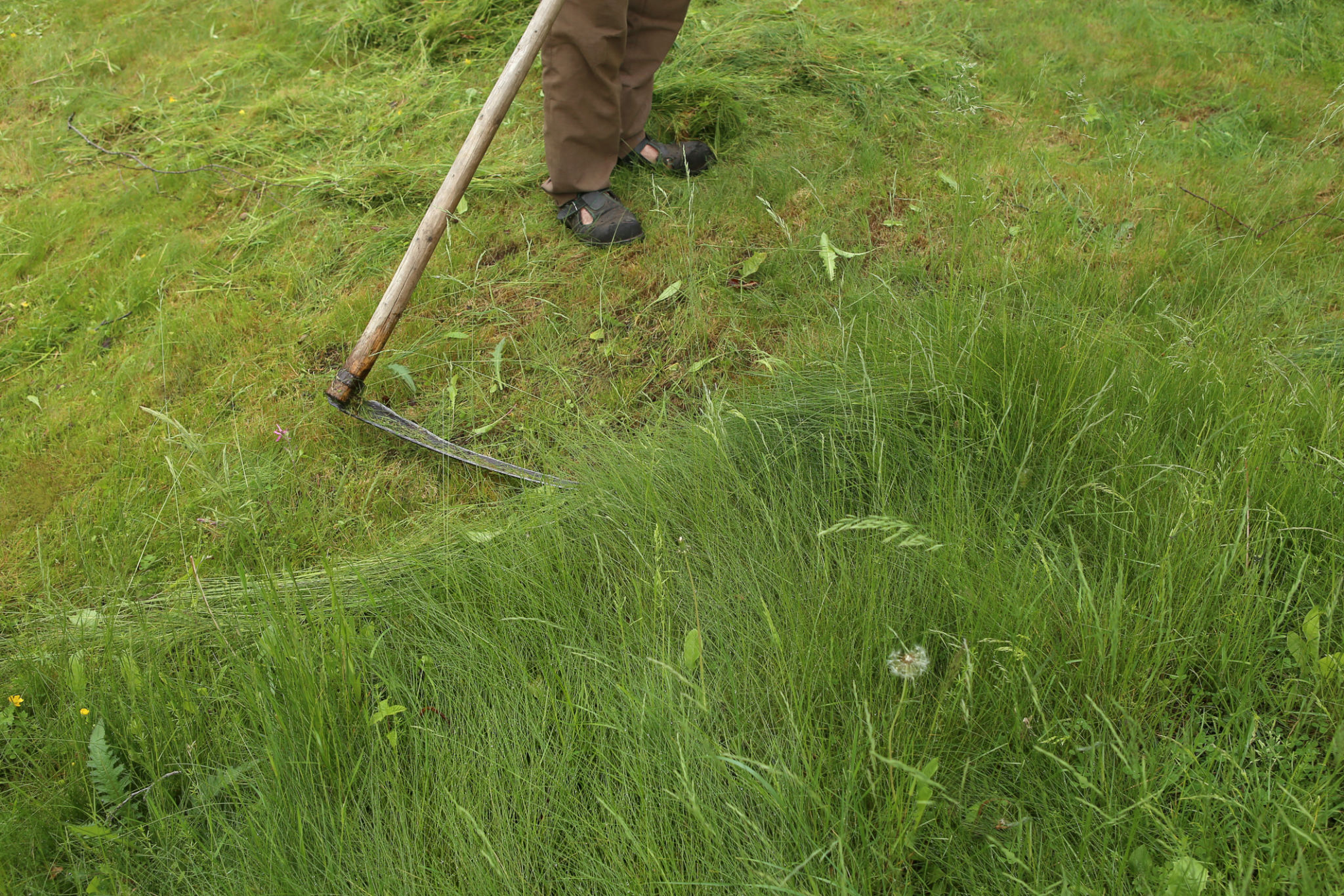Understanding the Environmental Impact of Traditional Lawn Care vs. Organic Methods
Introduction to Lawn Care Methods
Maintaining a beautiful lawn is a goal for many homeowners, but it's important to understand the environmental implications of the methods used. Traditional lawn care techniques often rely on synthetic chemicals and intensive practices, while organic methods focus on sustainability and natural processes. In this post, we'll explore the differences between these approaches and their impacts on the environment.
Traditional Lawn Care Practices
Traditional lawn care typically involves the use of chemical fertilizers, pesticides, and herbicides to maintain a lush, green lawn. These products are designed to eliminate pests and promote rapid growth. However, they can have significant environmental repercussions, including:
- Water contamination from runoff containing chemicals.
- Harm to beneficial insects and wildlife.
- Soil degradation over time.

Chemical Dependency and Its Consequences
Regular use of synthetic chemicals creates a dependency where lawns require constant application to stay healthy. This leads to a cycle of increasing chemical use, which further exacerbates environmental harm. Chemicals can leach into local waterways, affecting aquatic life and potentially contaminating drinking water sources.
Organic Lawn Care: A Sustainable Alternative
Organic lawn care emphasizes natural solutions to maintain lawn health. This method uses organic fertilizers, compost, and natural pest control measures. The benefits of organic lawn care are numerous:
- Reduced environmental impact through natural products.
- Enhanced soil health and biodiversity.
- Improved water retention and reduced runoff.

Building Healthy Soil
A core principle of organic lawn care is improving soil health. By focusing on soil quality through composting and natural amendments, lawns can become more resilient and self-sustaining. Healthy soil supports robust grass growth and reduces the need for chemical interventions.
Comparative Impact on Biodiversity
Traditional lawn care can negatively affect biodiversity by harming non-target organisms such as bees and butterflies. These insects play crucial roles in pollination and ecosystem balance. On the other hand, organic methods promote a healthy ecosystem, encouraging beneficial insects and wildlife to thrive.

Water Usage and Conservation
Organic lawn care practices often incorporate drought-resistant grass types and efficient watering methods. This approach not only conserves water but also reduces the frequency of irrigation needed. In contrast, traditional lawns may require more water to counteract the stress from chemical applications and rapid growth demands.
Conclusion: Choosing the Right Method
Deciding between traditional and organic lawn care methods involves weighing the environmental impact against personal preferences for lawn aesthetics. While traditional methods may offer quick results, they come at a cost to the environment. Organic methods provide a sustainable path that fosters long-term lawn health with minimal ecological disruption.
As awareness grows about environmental sustainability, more homeowners are turning towards organic lawn care as a viable alternative. Making informed choices can lead to a healthier planet and more resilient landscapes for future generations.